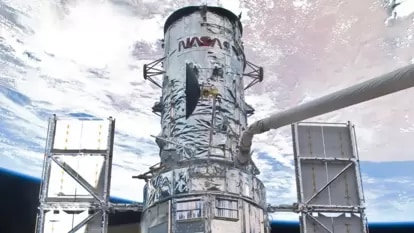Awesome! Jupiter will be closest to the Earth in 59 years; Mark THIS date to watch fascinating spectacle
Jupiter has never been so close to the Earth in the last 59 years as it will on this particular date. Do not miss this fascinating spectacle.
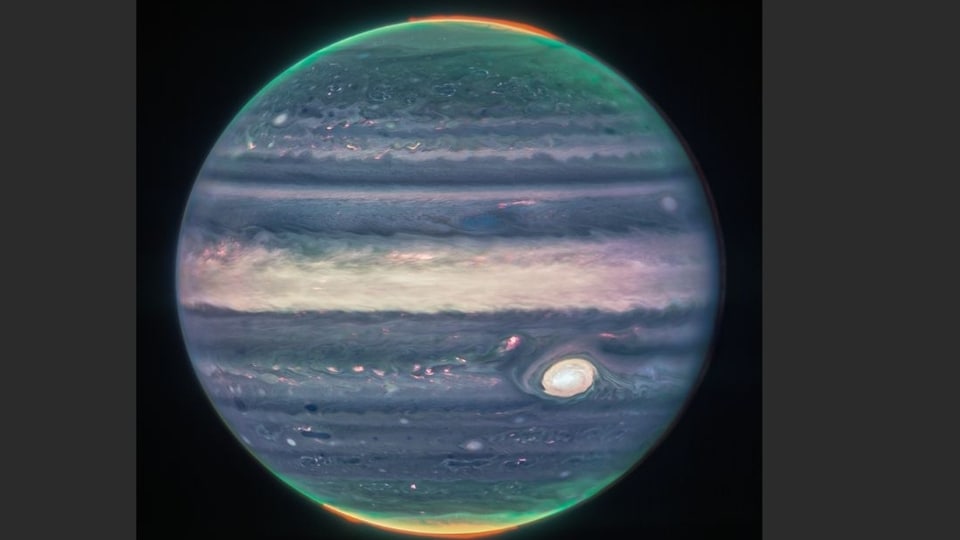
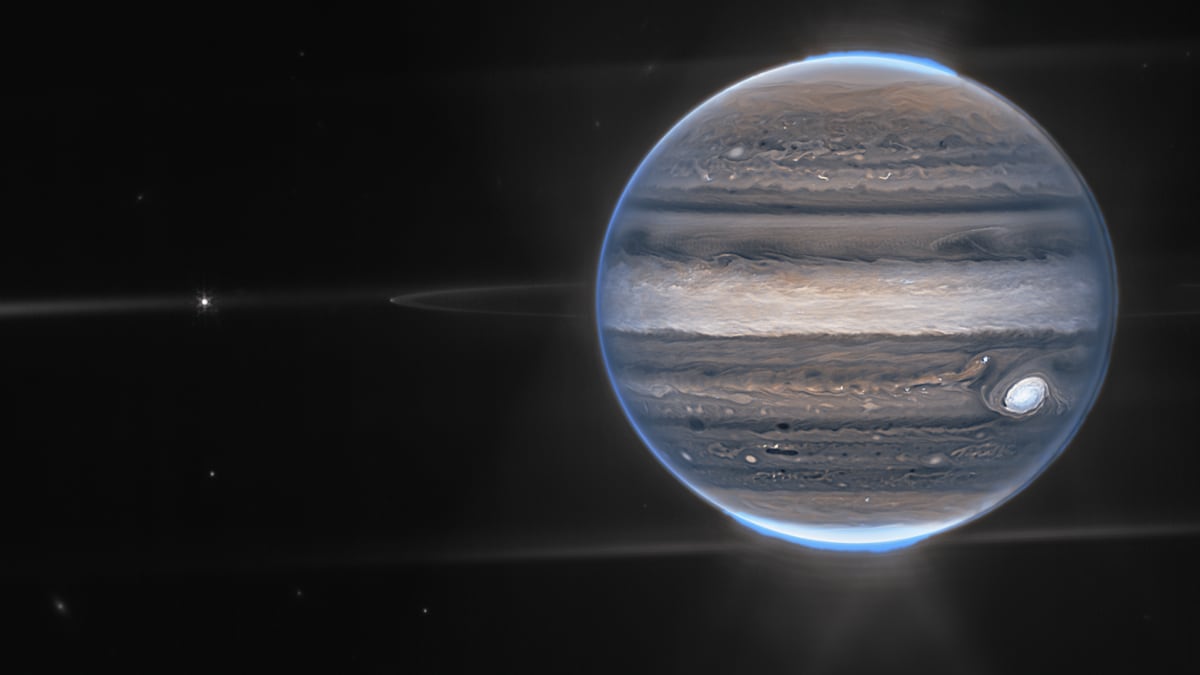
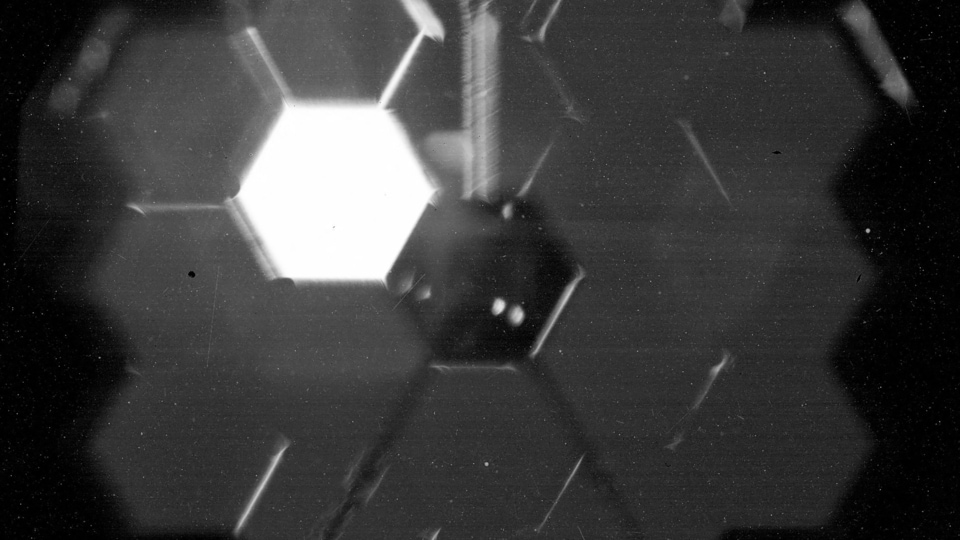
_1661230453587.jpg)
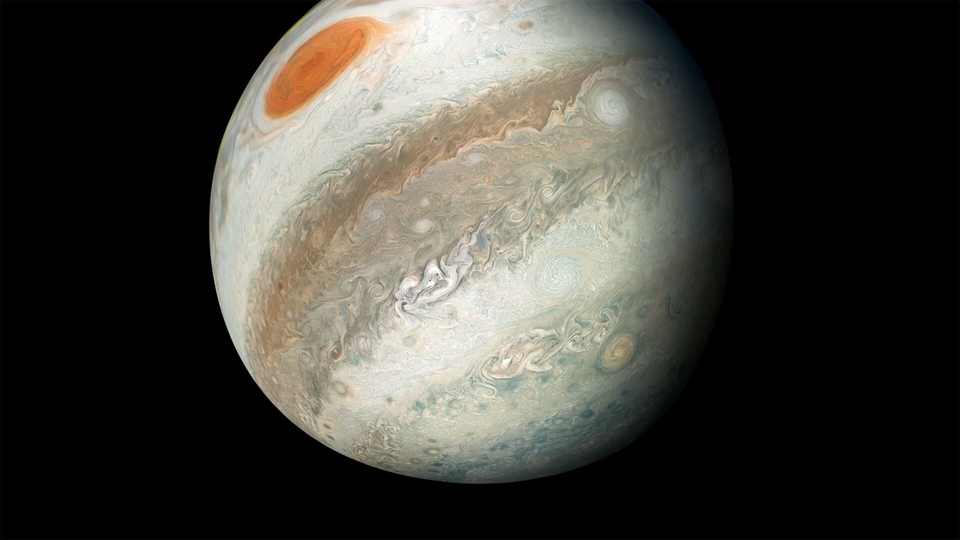
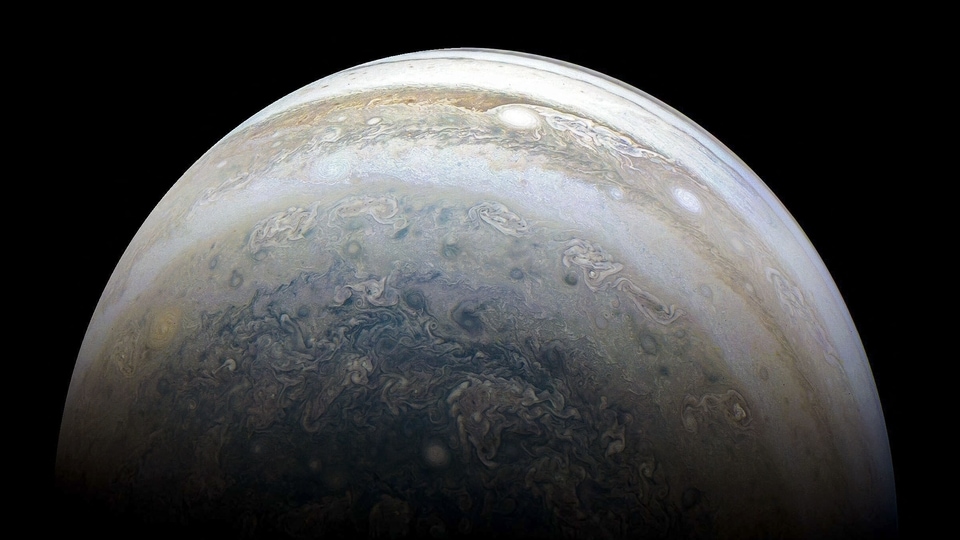
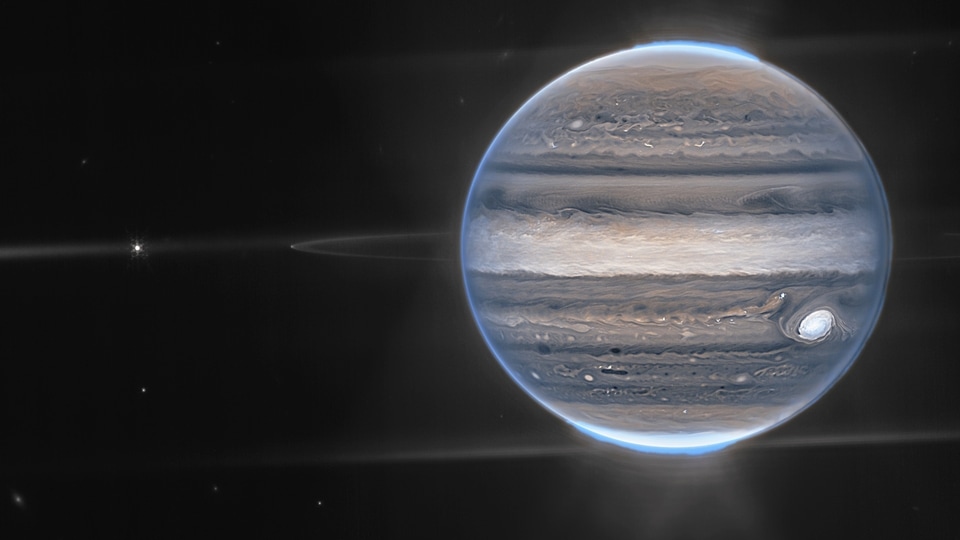
 View all Images
View all ImagesEarlier this year, we witnessed the very special ‘five planet alignment' when Mercury, Venus, Mars, Jupiter and Saturn could be seen in a straight line in the night sky. But now something rare is going to happen. Jupiter, the largest planet in our solar system, will be coming closer to the Earth than it has done in the last 59 years. This is a big moment as the majority of the living population have never seen the gas giant so close to us before. And with modern tech like astronomical telescopes or even binoculars, anyone can sneak a peek at the majestic Jupiter. So, if you are an astronomy enthusiast, you cannot miss this fascinating spectacle. The date of the event is September 26. Read on for more details.
Jupiter to break 59-year old record to come close to the Earth
During this event, Jupiter will be directly on the opposite side of the Sun. This is called opposition and it is not an uncommon occurrence. Every 13 months, the Earth and Jupiter come in a position of opposition. However what is truly fascinating this time is that this occurrence rarely coincides with the perigee of the planet. Perigee of any celestial body which moves in a fixed orbit is defined as the point in its orbit which is the closest to the Earth.
This means during the period building up to September 26 and a few days after that, you can see Jupiter shining unusually bright in the night sky. If you can get your hands on a pair of binoculars or a telescope, you will also get to steal an up-close view of the gas giant.
“Take advantage of good weather on either side of this date to take in the sight. Outside of the moon, it should be one of the (if not the) brightest objects in the night sky. With good binoculars, the banding — at least the central band — and three or four of the Galilean satellites should be visible. It's important to remember that Galileo observed these moons with 17th-century optics,” Adam Kobelski, a research astrophysicist at NASA's Marshall Space Flight Center in Alabama said in a NASA statement, told Space.com.
How the tech in modern telescopes can let you see Jupiter
According to a NASA post, “Most telescopes today use curved mirrors to gather light from the night sky. The shape of the mirror or lens in a telescope concentrates light. That light is what we see when we look into a telescope”. However, expanding upon it, telescopes work on the principles of optics. Optics essentially means the right alignment of lenses and mirrors in a structure to concentrate as much light as possible. And then, the user captures the light coming from these planets and other celestial bodies.
This is also why it is always recommended to never use a telescope in a city area with a lot of light pollution because it will seep into the optics and make it difficult to see the main object. That is also why very few or no stars are seen in the sky over major cities.
Catch all the Latest Tech News, Mobile News, Laptop News, Gaming news, Wearables News , How To News, also keep up with us on Whatsapp channel,Twitter, Facebook, Google News, and Instagram. For our latest videos, subscribe to our YouTube channel.





